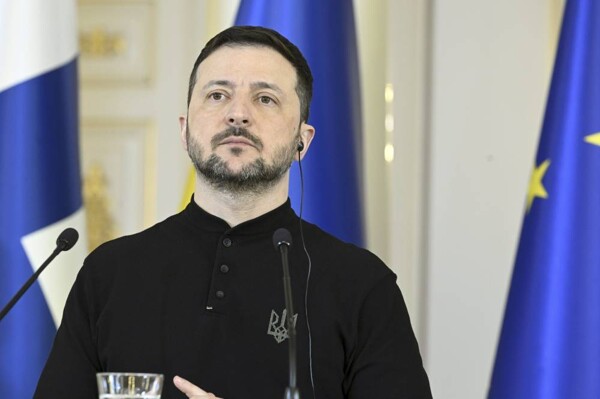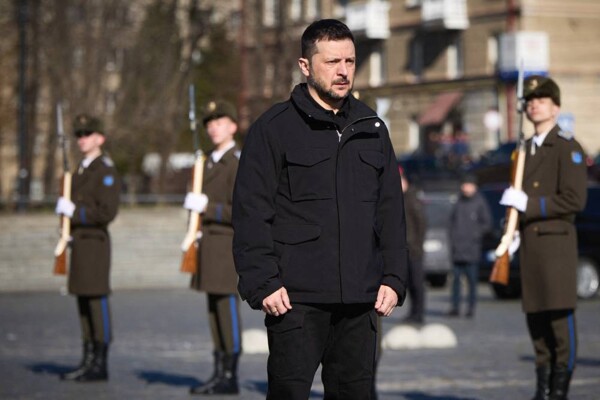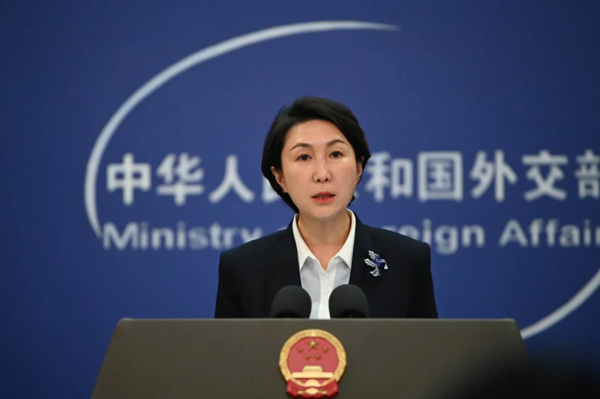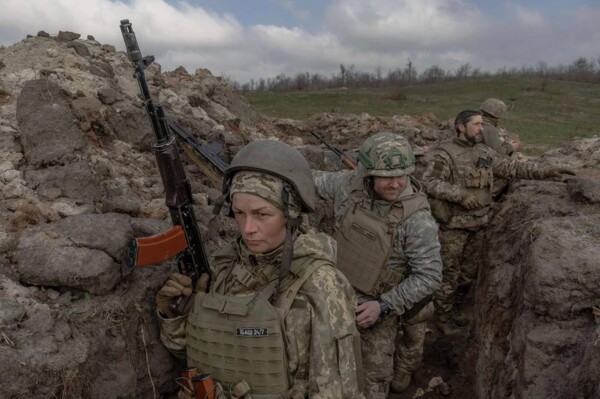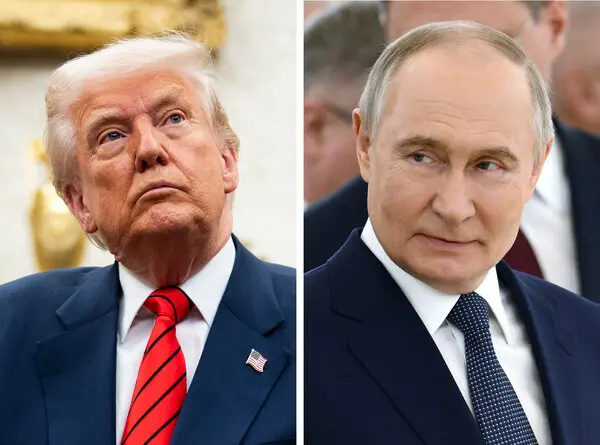
After a nearly three-hour phone conversation between U.S. President Donald Trump and his Russian counterpart Vladimir Putin, an initial advancement was made in the crisis in Ukraine, although a widespread ceasefire was not achieved as Washington had hoped. Putin made it clear that a broader ceasefire would depend on the United States and its allies halting the supply of weapons and intelligence assistance to Ukraine.
With intense fighting ongoing and incompatible demands between the parties, the conflict in Ukraine remains an open wound in the global geopolitical landscape. The coming weeks will be crucial, with negotiations in the Middle East as the setting to determine if this limited ceasefire can become the first step towards lasting peace.
According to the Trump administration, both leaders agreed that the conflict must be resolved with lasting peace and that the resources of both nations should be directed towards the needs of their peoples instead of war. It was agreed to initiate technical negotiations to implement a maritime ceasefire in the Black Sea and move towards a total cessation of hostilities in the Middle East.
One of the implicit issues in the 30-day truce over energy infrastructure is the Zaporizhzhia nuclear power plant, the largest in Europe, which has been under Russian control since 2022. The Russian government stated that the key condition for moving towards a political resolution is the complete cessation of foreign military assistance to Kiev. Putin emphasized the need for a comprehensive, sustainable, and long-term resolution, taking into account Russia's security interests.
In a gesture of détente, Moscow announced a prisoner exchange between Russia and Ukraine. However, Russia refuses to return territories captured since the beginning of the invasion and has intensified its air attacks against Ukraine in recent days. Trump has hinted at the possibility of Russia retaining Crimea, which could affect relations between Washington and Kiev.
Despite being a small step towards détente, the obstacles to achieving lasting peace remain enormous. The differences between the two countries are profound, and although a limited ceasefire on energy infrastructure was achieved, there are still significant disagreements that hinder a broader and more definitive agreement.











